In 2013, traditional Japanese cuisine,
known as“washoku,”was added to
the UNESCO Intangible Cultural
Heritage list.
We have inherited and continue to
practice a part of “washoku” culture.
A Taste that Attracts
910,000 People a Year
Enjoy tiger puffer fish (“Torafugu”), a uniquely Japanese food, as a part of traditional cuisine at Guenpin Fugu.
Our group boasts a 38 year history in the business, as well as being number one in amount of tiger puffer fish handled and number of shops. (* 88 restaurants as of 2018)
Indulge in a“washoku”experience in a restaurant with traditional Japanese atmosphere.
Out of the 22 kinds of pufferfish that are permitted for consumption by law in Japan,“torafugu”is recognized as the highest grade. In order to serve this fish in its most exquisite form, our original techniques have been patented internationally. We offer our “Guenpin Torafugu” in delicious dishes provided at stable prices all year round for your delectable and delightful experience.
Top-notch Delicacy
Torafugu Enjoyed in Various Styles
We create our dishes by selecting fresh ingredients and bringing out their natural flavors.
Our staff will explain how to eat your meal.
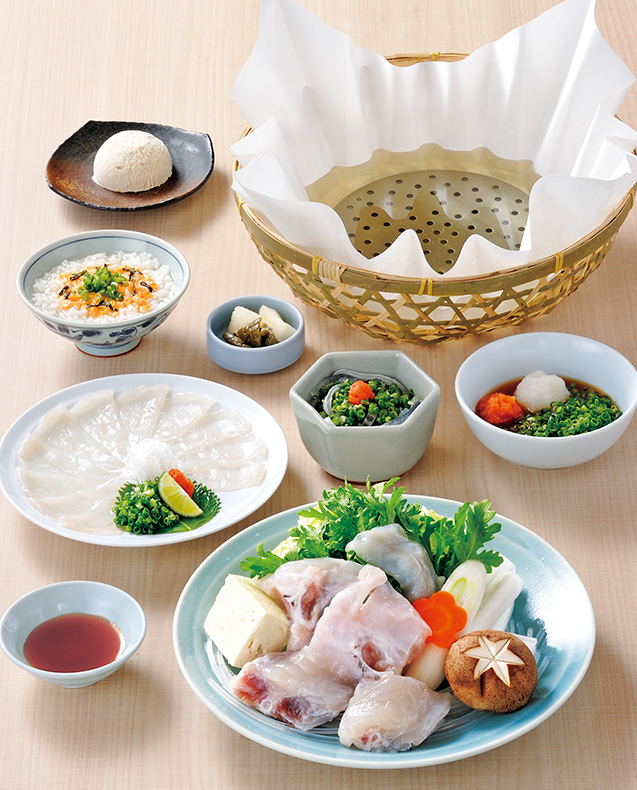
Gen
Course menu
JPY 5,300 (5-course meal)
Tax included
-
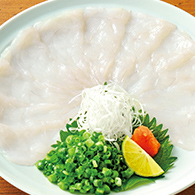
Thin sliced tiger puffer Sashimi ("Tessa") -
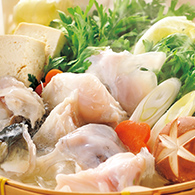
Tiger puffer hot-pot ("Tecchiri") -
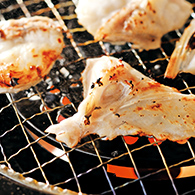
Tiger puffer BBQ -
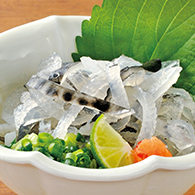
Parboiled tiger puffer skin Sashimi -
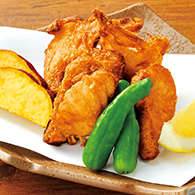
Deep fried tiger puffer -
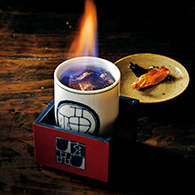
Sake with roasted puffer fish fin ("Hirezake")
The appeal of torafugu is found in its beautiful translucent meat and crisp, firm texture, not to mention its subtle, delicate flavor. Fugu, enjoyed as part of entertainment, celebrations, banquets, as well as during New Year's celebrations as food that brings luck and good fortune, is commonly served with Japanese sake, which complements it well.
History of Torafugu Cuisine
Pufferfish (“fugu”) has a long history in Japan as food, dating back to the Jomon era about 10,000 years ago from which fugu bones have been unearthed. During the Azuchi-Momoyama period (1598 - 1600), a significant number of samurai lost their lives eating fugu, which resulted in Toyotomi Hideyoshi, a feudal warlord, issuing a law prohibiting fugu consumption in order to prevent death by fugu poison.
Later, with the invention of miso paste and soy sauce during the Edo period (1603 - 1867) and the general development of Japanese food culture, fugu became increasingly popular and eventually, in the Meiji period (1868 - 1912), the prime minister at the time lobbied to lift the ban on fugu, having been so impressed by the delicacy. Since the 1940’s, upscale fugu cuisine has gained a place in the national cuisine, with the center of fugu culture being Yamaguchi and Osaka prefectures.
Full fugu course meals spread and became popular across the country.
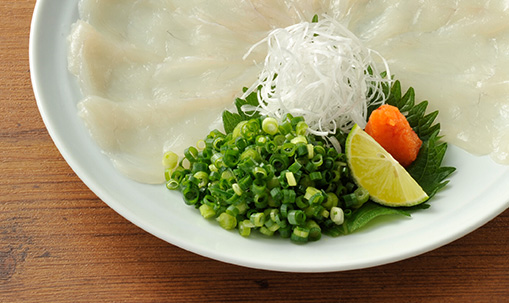
Torafugu Nutrients
Torafugu is rich in collagen and protein, and has less calories and fat compared to other fish, which makes it a perfect fish for good health and beauty.
Prepared by
Licensed Artisans
In the past, some people died from fugu poisoning.
However, safety has been improved thanks to findings from Japanese fugu poison research and government public health regulations specifying which species and which of their body parts that can be brought to market. In 1949, the examination for licensed fugu cooks was standardized. At Genpin Fugu, more than 130 licensed artisan cooks with expertise and skill prepare and sell fugu safely for our customers’culinary safety and delight.
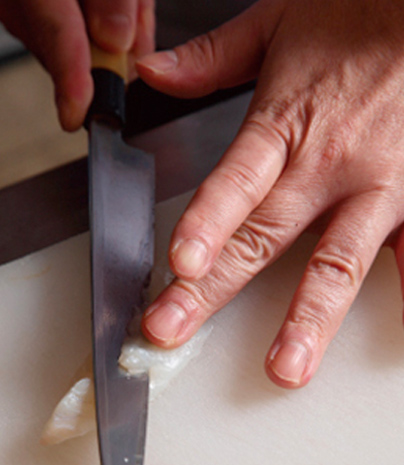
For group tours (up to 50 people),please inquire with us for region, number of guests, menu, and other details.






